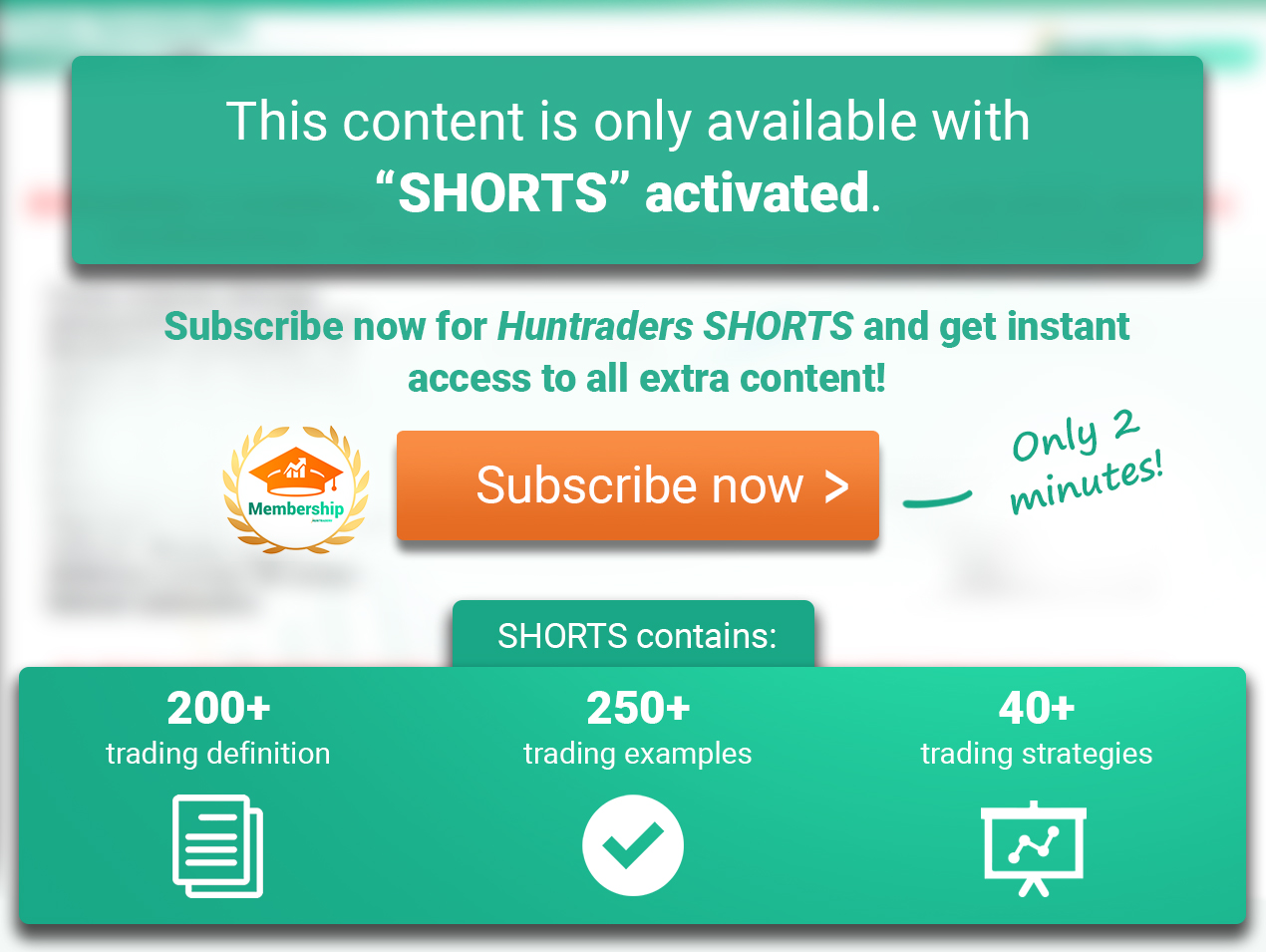Technical indicators can generally be classified into four main categories: trend-following indicators, momentum indicators, volume indicators, and volatility indicators.
- Trend-following indicators: These indicators are used to identify the direction of a trend in the market and to help traders determine when to enter or exit a trade. Examples of trend-following indicators include moving averages and the Moving Average Convergence Divergence (MACD)
- Momentum indicators: These indicators are used to measure the rate of price change in the market and to identify potential trend reversals. Examples of momentum indicators include the Relative Strength Index (RSI) and the Stochastic Oscillator.
- Volume indicators: These indicators are used to measure the level of trading activity in the market and to identify potential changes in trend direction. Examples of volume indicators include the On-Balance Volume (OBV) indicator and the Volume Weighted Average Price (VWAP)
- Volatility indicators: These indicators are used to measure the level of market volatility and to identify potential changes in volatility. Examples of volatility indicators include the Bollinger Bands and the Average True Range (ATR)
Each of these categories provides a different perspective on market activity and can provide valuable information for traders and investors. However, it's important to remember that no single indicator is a guarantee of market performance and that the best approach is to use a combination of indicators to form a more comprehensive view of market activity. The lesson categorises the indicators and briefly introduces the main attributes of these categories.









